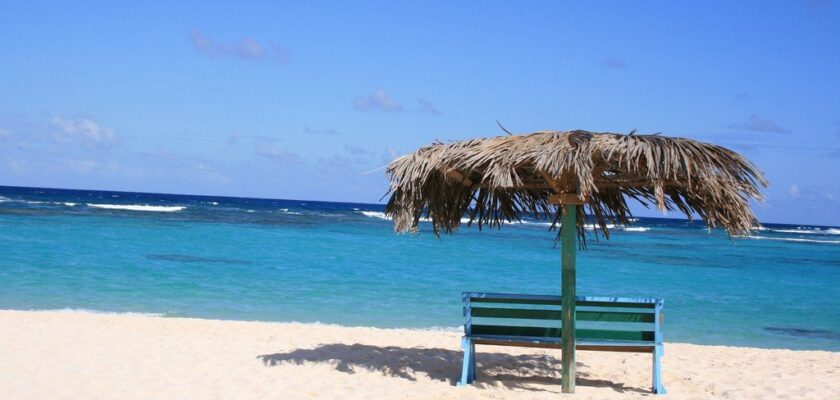Anegada Island
Anegada is the northernmost island within the British Virgin Islands, a group of islands that form part of the Virgin Islands archipelago. It is the only island in the chain formed from coral and limestone rather than volcanic rock. The other islands are characterized by mountainous terrain, but Anegada is a flat and low island. Its highest point is only 8.5 meters above sea level, so it is this topography that gives the island its name, which translates to “submerged land.”
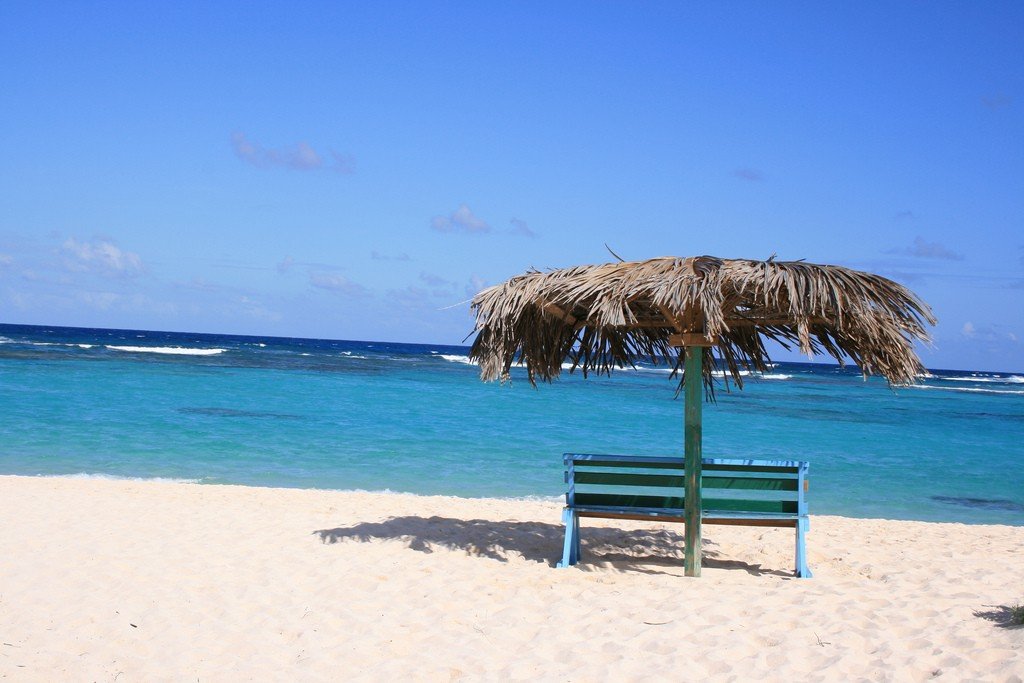
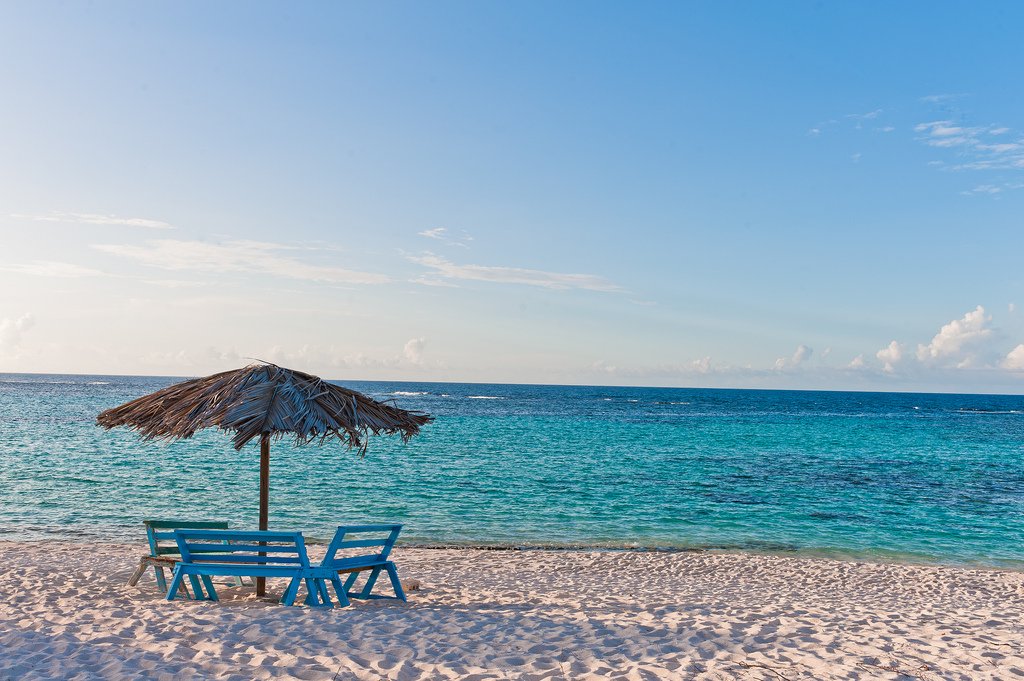

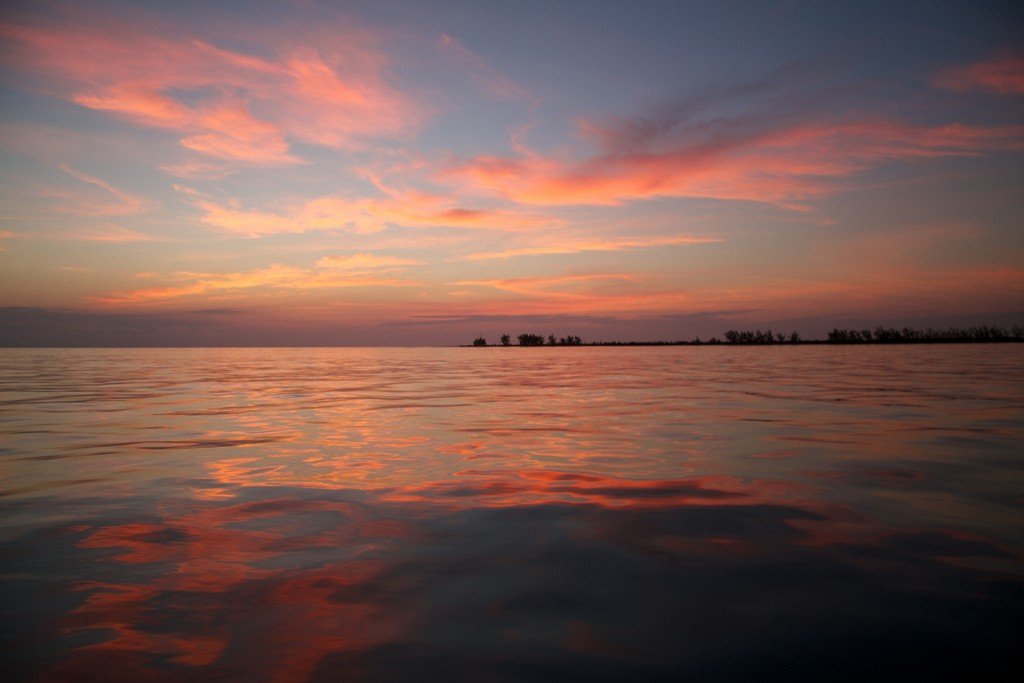
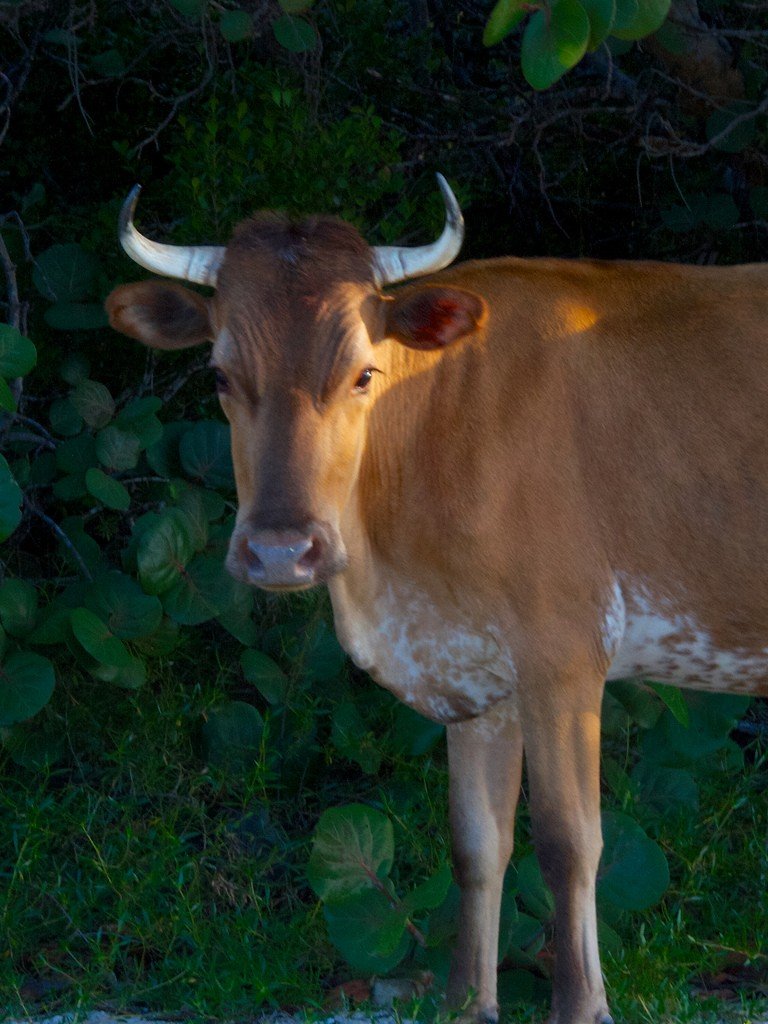
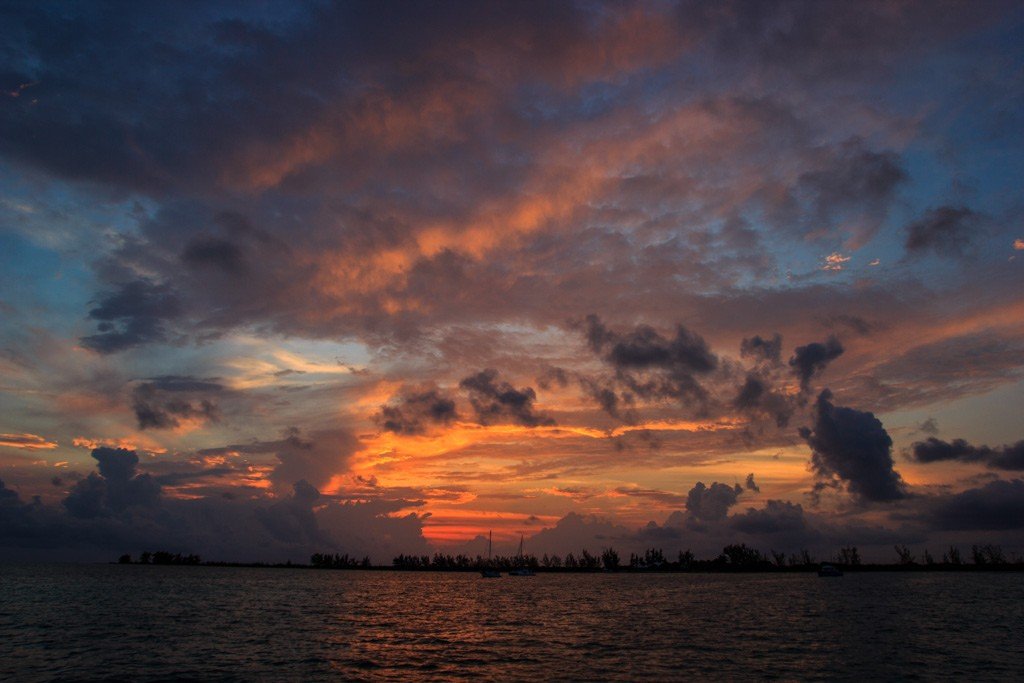
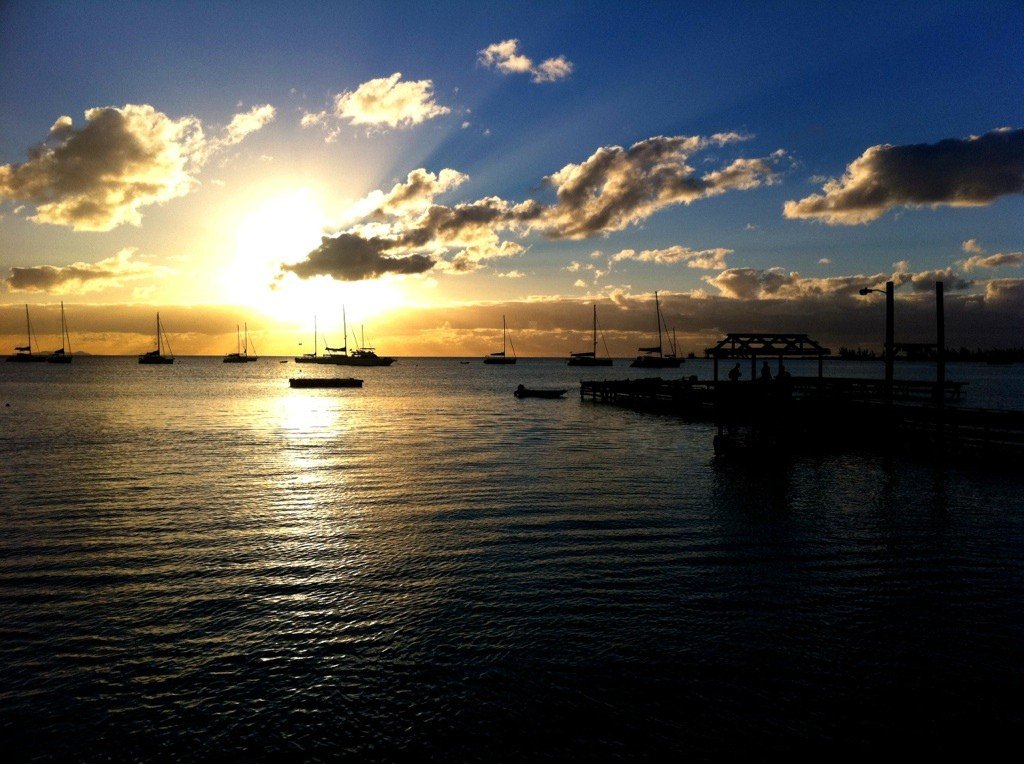
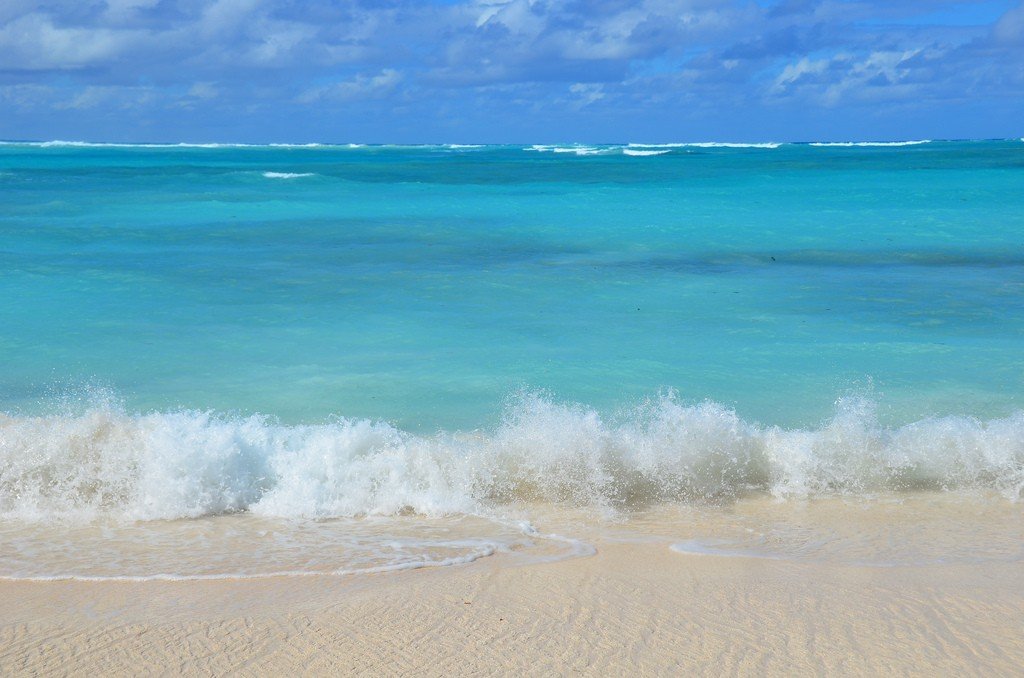
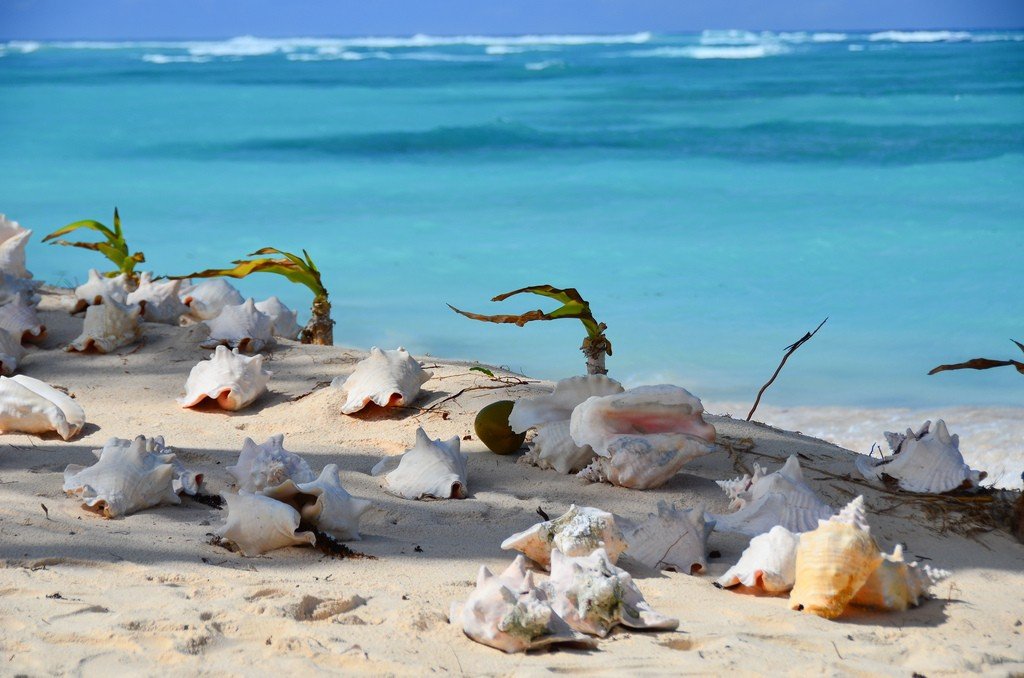
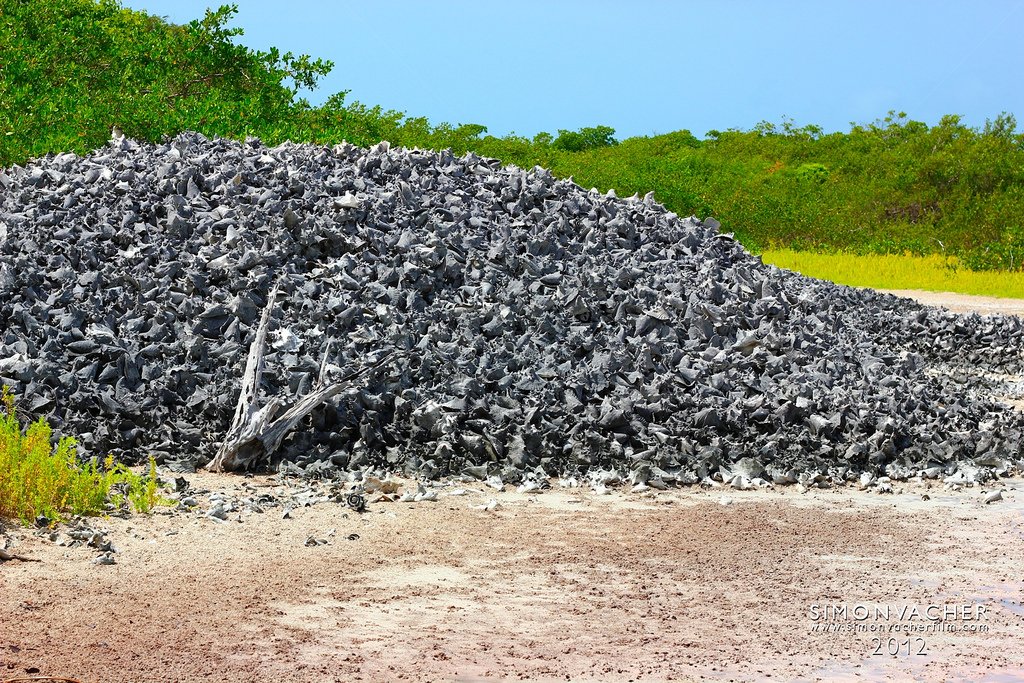
General Information
The basis of the island’s economy is tourism, and about two hundred people arrive here daily. Charter boats and motorboats travel freely between most of the Virgin Islands, but yacht charter companies often prohibit their clients from sailing to Anegada because of the risk of running aground on the many shallow reefs surrounding the island. Many shipping companies have records of shipwrecks here, and sunken ships are still underwater near the island, including the warship Astrea, which ran aground in 1808.
.The 29-kilometer-long Horseshoe Reef, the Caribbean’s largest barrier reef and the third largest reef in the world, is located southeast of Anegada. In an effort to protect it, the BVI government has banned yachts from anchoring here, making the reef one of the idyllic snorkeling spots.
.
Anegada is also known for the glossy, picture-perfect splendor of the white sandy beaches and large salt lakes that occupy the western part of the island. In the 1830s it was home to thousands of pink flamingos. They were hunted mercilessly, as hunters were interested in both meat and ornate feathers, and as a result, in the XIX – early XX century flamingos completely disappeared. Now scientists are making efforts to reintroduce these rare birds to the lakes, and soon, hopefully, tourists will have a new reason to visit the area.
.